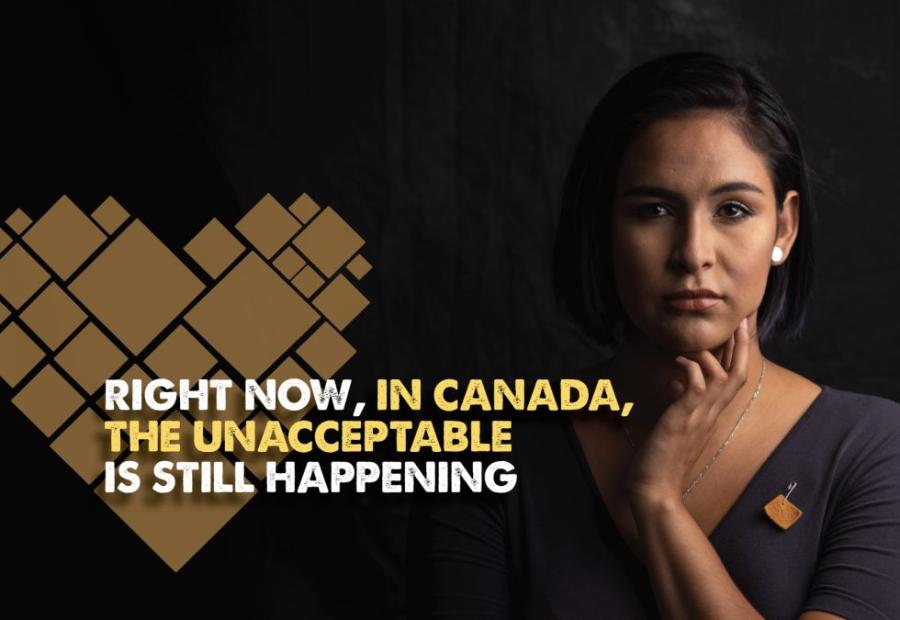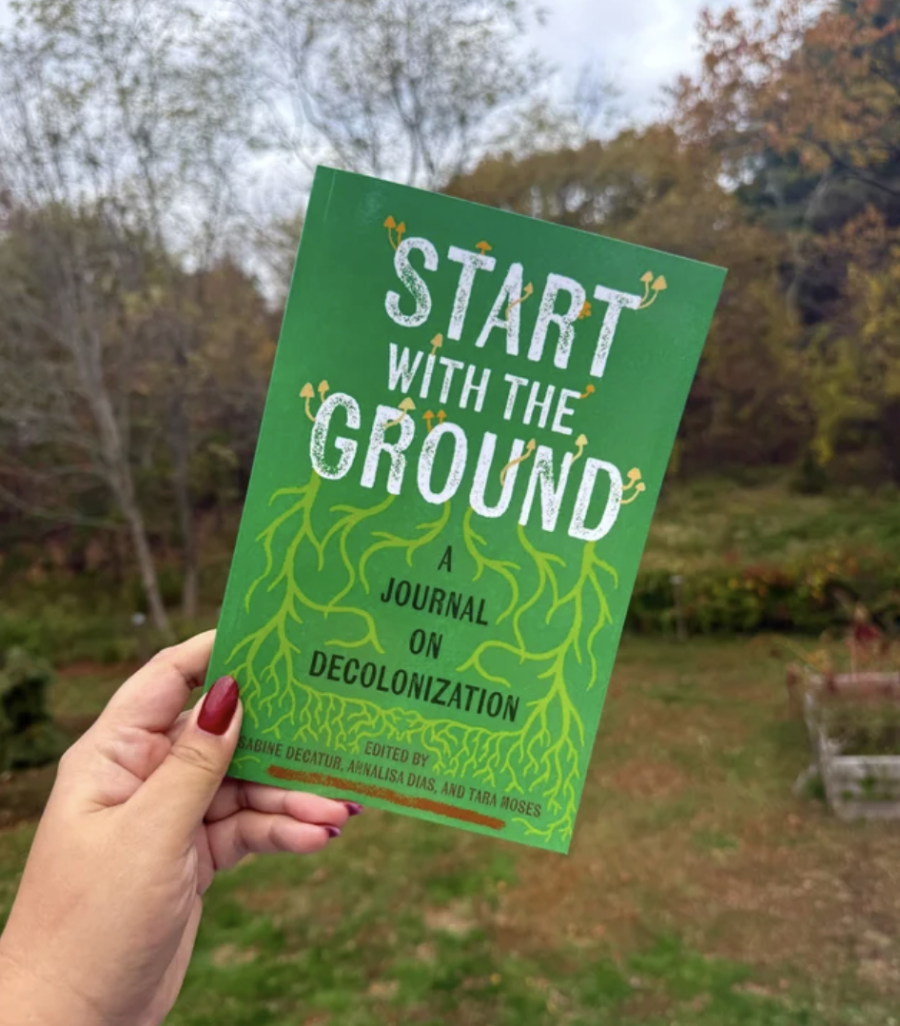
By Madeline Streilein
The 5th edition of the US Human Rights Network’s Human Rights Status Report was released on January 15, 2018 (Martin Luther King, Jr. Day). The report was drafted “in order to highlight the issues that Dr. King organized around and issues that grassroots leaders in the U.S. continue to fight for, namely racial, economic and climate justice,” says US Human Rights Network Executive Director Colette Pichon Battle. “2017 saw a record number of climate disruptions and corporate attacks on natural resources that continue to uncover the thinly veiled structural discrimination faced by Indigenous, Black and poor communities across the country,” Battle continued in the introduction of the report.
In regards to Indigenous and Native communities, the thinly veiled structural discrimination Battle refers to is not limited to the environment, but is evident in myriad human rights violations detailed in the report. USHRN sought to provide an accessible snapshot of the status of human rights in the US in 2017, with an emphasis on economic, social, and cultural rights. Eight of the fourteen issue areas presented in the report are significant to Indigenous and Native communities.
Considering environmental and climate justice, 2017 violations of the human right to a healthy environment included the United States Global Change Research Program defining Indigenous communities as a “vulnerable population” in the midst of climate change. Under the subsection Native Lands and Pipelines, the report specifically named the Dakota Access and Keystone XL Pipelines as human rights violations of Universal Declaration of Human Rights (UDHR) Article 25.
The pipelines were mentioned further as violations of the human right to food, water, and sanitation, as they threaten the availability of clean drinking water for multiple Native communities. Following her official visit to the US, the UN Special Rapporteur on the Rights of Indigenous Peoples Vicky Tauli Corpuz recommends that “for any extractive industry project affecting Indigenous peoples, regardless of the status of the land, the United States should require a full environmental impact assessment of the project in consideration of the impact on Indigenous Peoples’ rights.”
The report delved into immigrant’s rights and the border wall. President Donald Trump’s executive order for the construction of the 1,250 mile wall between the United States and Mexico in early 2017 is resisted by the Tohono O’odham Nation. Sixty-two miles of their land is on US-Mexico border. “The construction of this border wall on Tohono O’odham land violates rights recognized under the United Nations Declaration on the Rights of Indigenous Peoples.”
Under the category violations of the right to health, the report states that in 2015, “17% of Indigenous children live in extreme poverty as opposed to 6% of white children, according to the Kids Count Data Center.” The report dedicated an entire subsection to Native Americans as the state of health in Indigenous communities is grim due largely to poverty: “Native Americans are twice as likely as White Americans to report asthma, diabetes, and overall poor health status. A recent study indicated that 19 percent of Native Americans delayed or did not receive healthcare over the course of 12 months due to the cost.” Environmental pollution, specifically due to energy development initiatives such as the Bakkan formation in North Dakota that is flaring natural gas, has resulted in adverse health effects in proximal Native American communities. These are violations of Convention on the Elimination of All Forms of Racial Discrimination (CERD) Article 5, and the UDHR Articles 3 and 25.
A section on human rights issues related to reproductive health describes barriers to access of contraception, Plan B, and lawful abortion services in Indigenous communities. “To date, a mere 10% of surveyed Indian Health Service (HIS) pharmacies have Plan B® available over-the-counter (OTC). Even with a prescription, Plan B was available at 50% of the pharmacies in the same study from January 2008. Further, a 2002 study from the Native American Women’s Health Education Resource Center (NAWHERC) found that the IHS was not providing lawful abortion services to Native American women. 85% of the IHS units surveyed were “noncompliant with official IHS abortion policy” and 62% stated that they do not provide abortions even in the case of life endangerment.” This violates UDHR Article 3, Convention on the Elimination of all Forms of Discrimination Against Women (CEDAW) Article 12.
Concerning the right to housing, Native Americans are overrepresented in the unhoused population in some regions of the country. When it comes to the right to education, the report states that “Native American girls are three times more likely to be suspended than white girls,” and “national rates of school-based arrests are disproportionately high for Black, Native American and Native Hawaiian/Pacific Islander girls.” The title of this section, School-to-Prison Pipeline, is telling.
Indigenous communities saw continuous violations of their human right to marry and start a family in 2017. Despite the 1978 Indian Child Welfare Act (ICWA), Native American children “are still being removed from their homes and communities at disproportionate rates, preventing Indigenous children from fully exercising their rights to culture and community . . . Of the 1,600 Cherokee youth in state custody, nearly 900 are outside the tribe’s jurisdiction.”
The 5th edition of the USHRN Status Report is based upon research conducted by partners, allies, journalists, and USHRN’s research team. The US Human Rights Network is "a national network of organizations and individuals working to build and strengthen a people-centered human rights movement in the United States, where leadership is centered on those most directly affected by human rights violations, and the full range of diversity within communities is respected and embraced."



